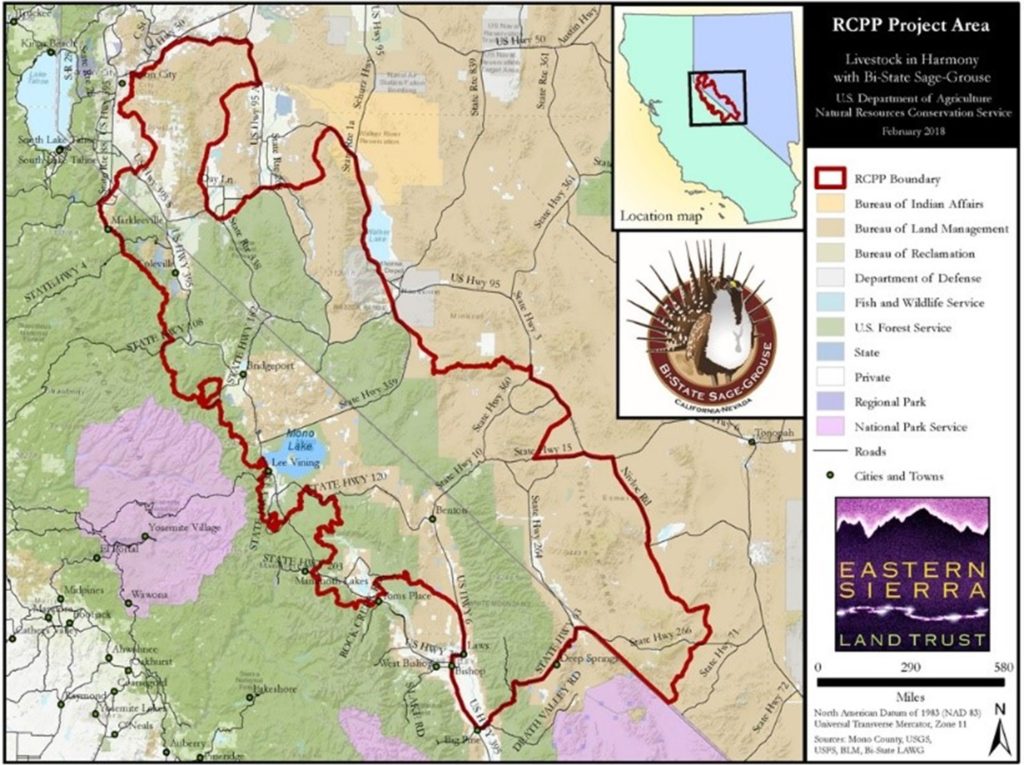Meet The KKAC Organization, an Arkansas non-profit with a mission to educate minority youths about the value of agriculture and help Black landowners to grow thriving businesses that can be passed down for generations
In the course of our efforts to educate the hunting and fishing public about the significance of private land conservation and advocate for strong Farm Bill conservation programs, we have been introduced to some inspirational and hardworking groups making a big difference for fish and wildlife habitat. One of those groups is The KKAC Organization, based near the Arkansas-Mississippi border.
Founded by the Peers—a multi-generational farming family—The KKAC Organization began with a purpose of educating minority youth about agricultural production and business. But it quickly expanded to help farmers, ranchers, and landowners with estate planning, land management, and opportunities to take advantage of Farm Bill programs operated out of the U.S. Department of Agriculture’s Natural Resources Conservation Service.
KKAC saw a serious need in local communities, and their work has quickly made a difference for Black landowners, young people, and the hunters and anglers who are enjoying better habitat in two states that are primarily made up of private land. Here is their story. —Andrew Earl, TRCP Director of Government Relations
Our research indicates that around 1915, African Americans owned between 20 million and 30 million acres of land, or about 14 percent of the farmland in the country. Today, African Americans own around 1.5 percent of the production agricultural land in this country.
Many acres were lost due to discriminatory practices, and just bad public policy. Black landowners historically had limited access to loans and other resources at the USDA, where their applications were given less consideration. A Black producer could apply at the beginning of the year and not get the application funded until May or June. In the case that a Black producer’s loan was approved, they were required to have supervised credit—a joint accountholder or co-signer to OK anything purchased. In summary, the USDA refused to approve the loan in most cases, and the process was hostile for those Black agricultural producers who did receive a loan.
But approximately 30 percent of our land was lost due to our community’s failure to make wills and trusts to pass the land to the next generation.
In 2015, The KKAC Organization was initially founded to assist with agricultural production education for minority youth who did not understand the basic principles of growing crops. Still, we quickly expanded to address land retention and wealth-building issues for Black farmers.
Understanding the value of the land and agricultural production is essential to keeping these businesses going—this is why we want to educate as many young people as possible. We want our kids to understand the exciting dynamics of farming. They need to know that if you are a farmer, you are a business manager and need to know the basics of chemistry. If you own livestock, you need to know the basics of biology and the marketing process. If you own several acres of land, you might be considered “well-off.”
Eventually, we saw that as minority agricultural producers grew older, they felt that selling the land was the only option for financial benefit. But there are other options.
The Farm Bill’s Agriculture Conservation Easement Program allows landowners to receive near fair market value for land accepted into the program and still pass their land on to heirs, allowing land ownership to stay in the Black community. Many of these ACEP landowners also lease land to duck hunters, creating outdoor recreation access, or request permission from NRCS to sell trees once they mature. This also allows landowners to receive financial benefits from carbon credits.
Unfortunately, many landowners in Arkansas, Louisiana, and Mississippi still need to be educated about ACEP, woodland management, or other conservation efforts that could be financially beneficial. A large portion of the minority community does not understand that proper woodland management is as profitable as row crop production, if the wooded acres are properly managed. And these practices also help us conserve natural resources. That’s why we work hard to educate minority farmers on practices such as cover cropping, nutrient management, and land leveling. We believe that if farmers know their options, their farms can be more profitable and create wildlife habitat.
Progress can be slow, even for those landowners who understand the program benefits. In Arkansas, we helped more than 25 landowners apply for ACEP projects over three years, and unfortunately not a single one got funded. We recently secured Regional Conservation Partnership Program funding as an organization, so now we can be certain that at least 80 percent of the applicants will be funded through KKAC. We did not track all of our applicants in Mississippi, but we do believe that it is significantly more than our Arkansas count. Our organization is currently in the process of going back to obtain the number of Mississippi applicants that were driven by our outreach efforts over the past two to three years.
Over the next 50 years, KKAC hopes to have convinced the majority of our communities of the crucial importance of proper estate planning. We want The KKAC Organization and the new Heirs’ Property Clearinghouse—what we hope will become known as a reliable tool for clearing up issues with inherited property—to stop the loss of Black-owned land and ensure that the land that we own is being managed wisely.
Learn more about The KKAC Organization and follow their progress at kkac.org. Top photo by USDA/Lance Cheung.






